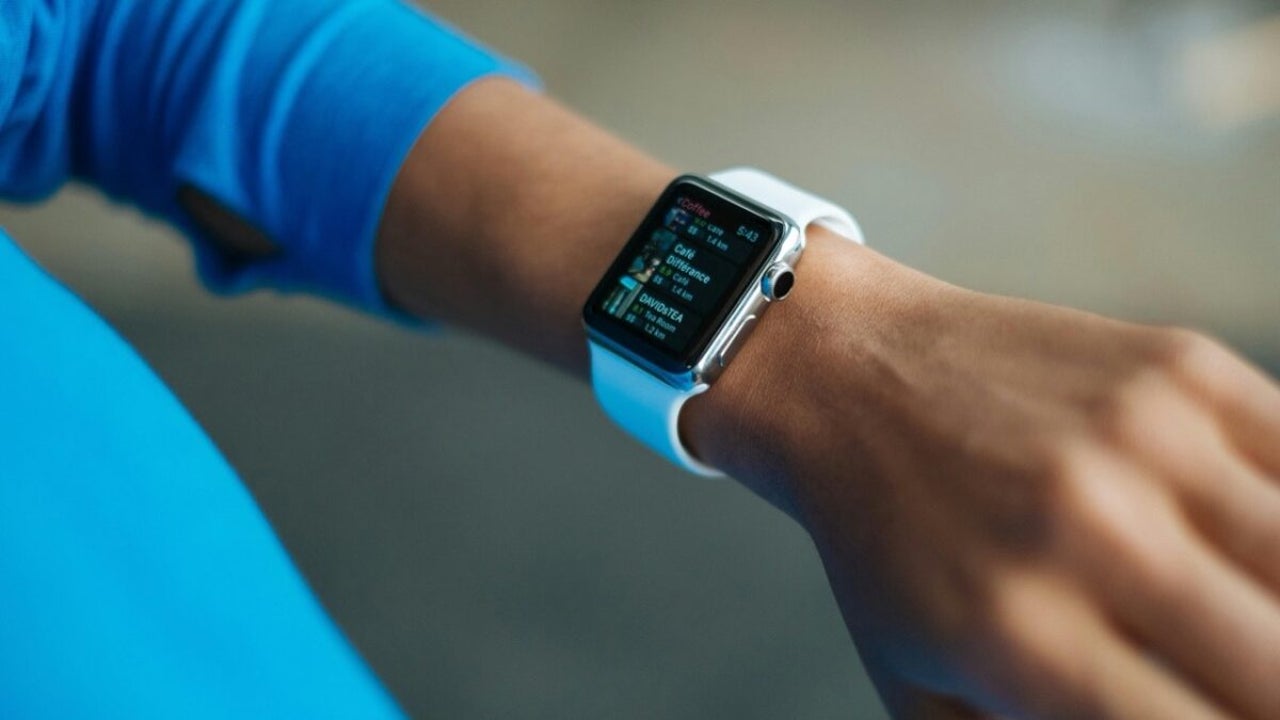News
How to track your cycle with the Apple Watch
Apple Watch can track menstrual cycles, estimate ovulation, and help users understand hormonal patterns, offering a clearer view of health from the wrist.

- May 18, 2025
- Updated: July 1, 2025 at 9:37 PM

Understanding your menstrual cycle is more than just predicting your period — it’s about monitoring a vital sign of overall health. Thanks to recent innovations, Apple Watch users can now track their cycles and detect hormonal patterns directly from their wrist, helping identify changes or irregularities that could point to underlying conditions.
How Apple Watch helps monitor your menstrual cycle
With the Cycle Tracking feature in the Health app, users can log their periods, view predictions, and receive alerts for deviations. Once a few cycles are tracked, the Apple Watch can highlight your fertile window, ovulation estimates, and potential irregularities. This functionality is available on Apple Watch Series 8, 9, 10 and Ultra models.
How to set it up and interpret the data
To start, open the Health app on your iPhone, tap “Browse,” and select Cycle Tracking to set up your information. Once enabled, you can log your cycle on your watch or phone. Over time, the app displays color-coded insights: light blue for fertility, red for periods, and purple for ovulation.
Why it matters for health and fitness
Tracking your cycle offers more than fertility information. It helps you understand hormonal shifts that affect energy, mood, and exercise. For example, during menstruation, lower estrogen and progesterone can lead to fatigue, while rising estrogen in the follicular phase boosts energy — ideal for high-intensity workouts.
How Apple Watch predicts ovulation
The device uses nightly wrist temperature and resting heart rate trends to estimate ovulation. After consistent wear over two cycles, the watch can retrospectively highlight the day of ovulation and adjust fertile window predictions accordingly.
Latest from Agencias
You may also like
 News
NewsProSpy and ToSpy: the latest spyware threats disguised as messaging applications
Read more
 News
NewsPersonalized ads are coming to Facebook and Instagram thanks to conversations with AI
Read more
 News
NewsThese are the new releases coming to Crunchyroll this fall
Read more
 News
NewsElon Musk asks followers to cancel their Netflix subscriptions
Read more
 News
NewsThe Russos share an image that could provide clues about the upcoming Avengers movie
Read more
 News
NewsThe queer dating reality show on Netflix has come to an end and will not have a third season
Read more